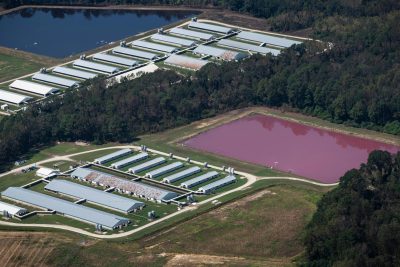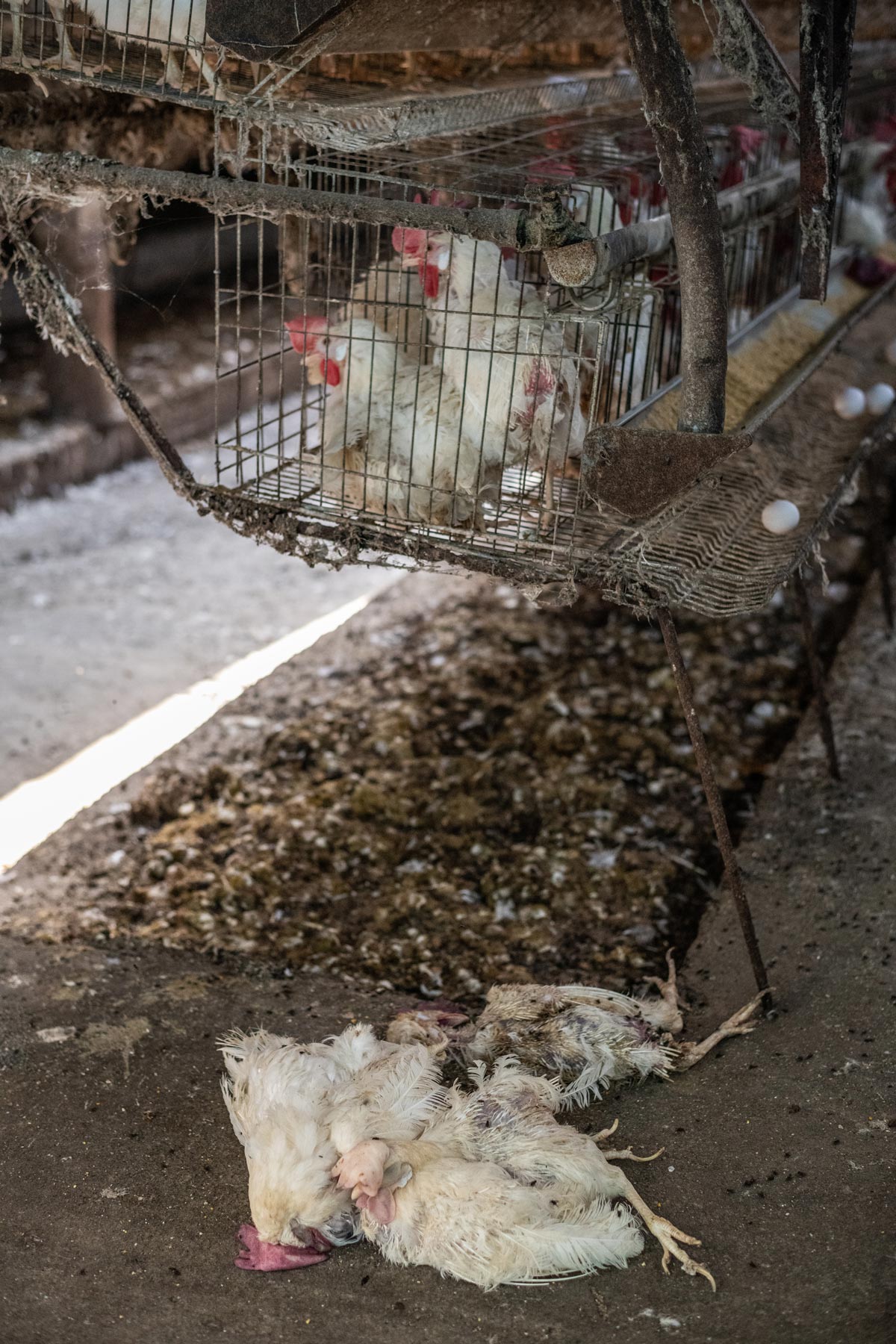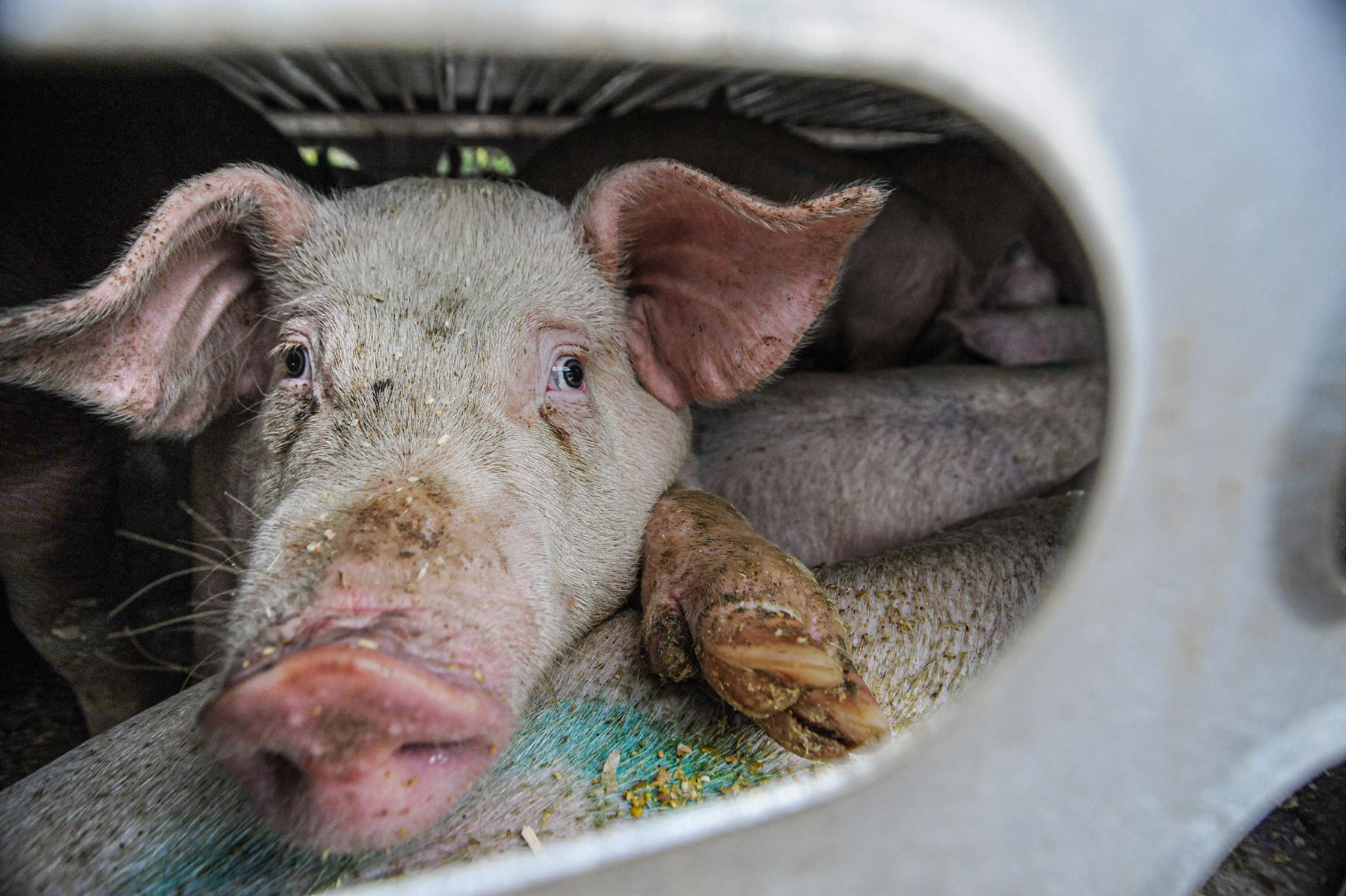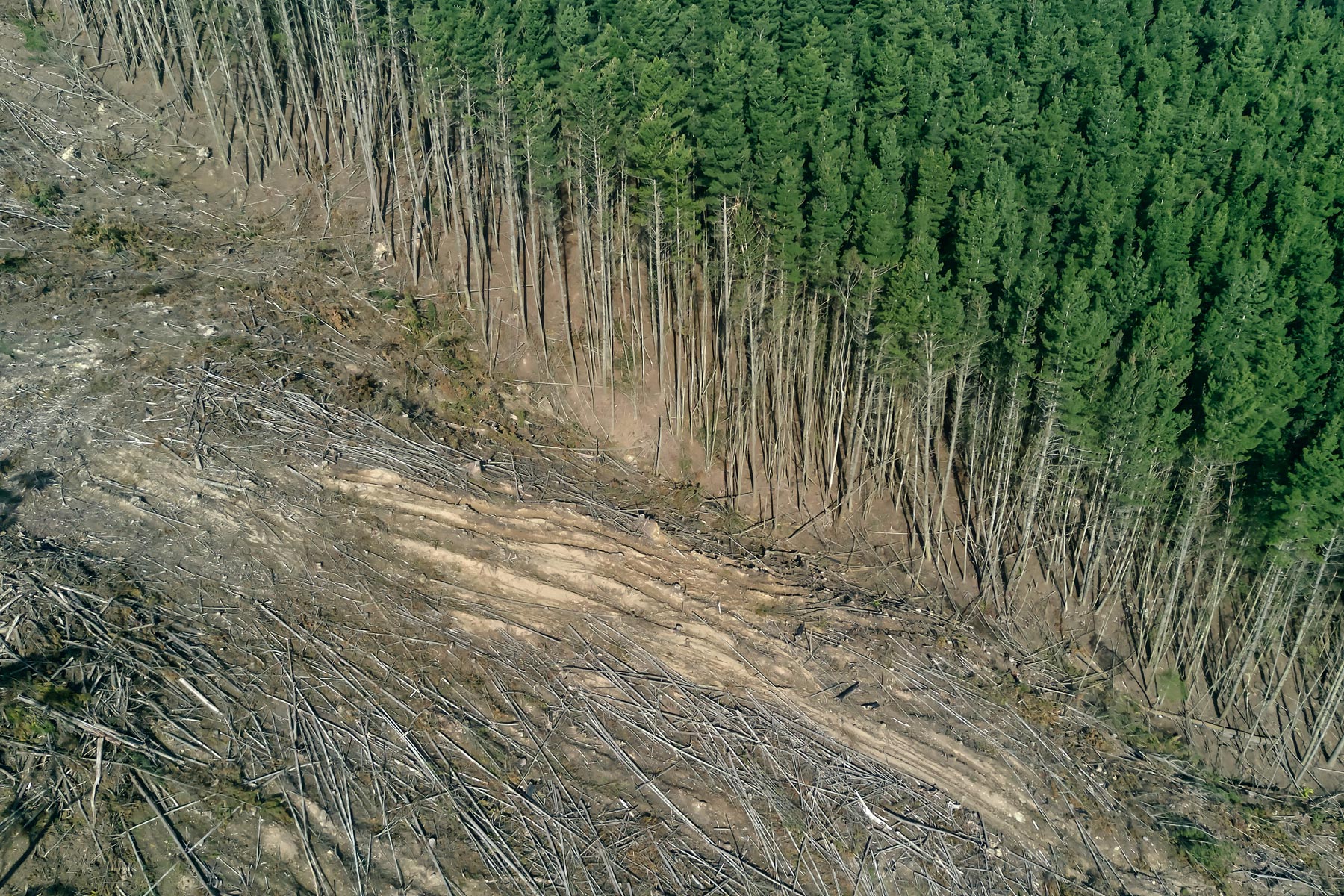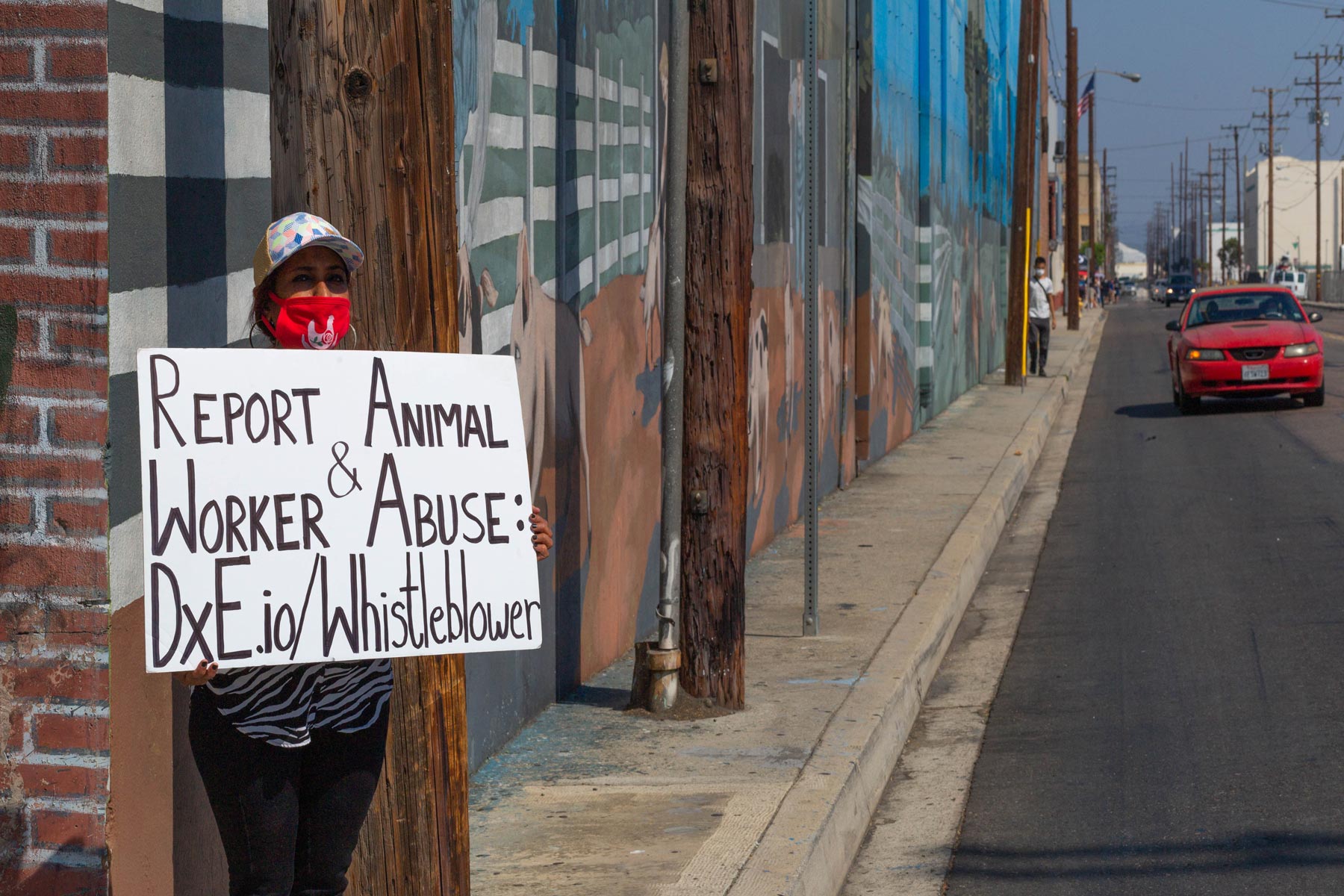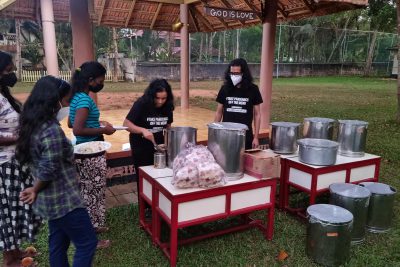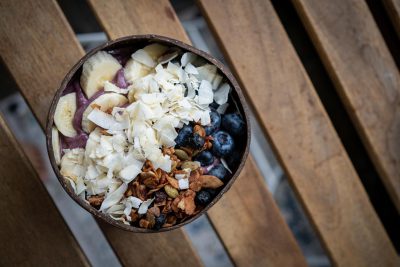Factory farming is an unpleasant stain on our environmental, ethical and social performance on this planet. The abhorrent practice of imprisoning thousands of sentient animals in warehouses, purely to produce meat, dairy and egg products that are bad for humans and the planet, is totally unethical and unnecessary. Yet the practice continues to grow around the world, as the animal agriculture industry claims we must increase food production to feed our growing global populations. This is a false claim however, as simple diet changes away from animal products are a far more effective strategy for feeding growing populations.
The result of more factory farms is more misery for intelligent, emotional beings, who are born into a horrible existence, which is then brutally cut short. Animal rights organizations across the world are trying to lift the lid on the awful practices that go on in factory farms, so people can see the suffering and make a conscious choice to avoid animal products.
What Is Factory Farming?
To the animal agriculture industry, it is a way of producing as much food as possible, while reducing their costs, and treating animals as simple, unidentified commodities. To the everyday person, once they find out what goes on in these farms, it is a shocking practice, where millions of sentient animals are imprisoned in warehouses, robbed of their natural behaviors and desires, before being slaughtered at a young age. To the animals, factory farming is a life not worth living, something no living being on this planet would choose.
What Are The Types Of Factory Farming?
All types of factory farming involve housing animals indoors, or in barren feedlots, intensively, often in their thousands, and in cramped, squalid conditions. The type of cruelty does vary however, according to the animal.
Chickens
Chickens are likely to be the animals who suffer most on this planet. 99 percent of chickens raised for consumption in the US live their painfully short lives on factory farms. They are confined to warehouses with tens of thousands of others, many of whom will suffer and die, and be left to rot amongst their fellow animals. The birds are artificially bred to grow rapidly so, those who survive this nightmare ,may endure their bones breaking under the pressure. After just six or seven weeks, they are packed into trucks and taken to be slaughtered.
Chickens farmed for their eggs have arguably an even worse existence, as they are confined to cages, often no bigger than a sheet of printer paper. These cages are piled high inside warehouses, where light is artificially controlled to keep them awake and laying for longer. They are denied all behaviors that are natural to them—no scratching, foraging, nesting or roosting, they are not even able to spread their wings—all things that make life worth living for these unique and intelligent animals.
Forced molting also occurs, where hens are deliberately starved of food for up to three weeks, so when they are finally fed again, their eggs are slightly larger and more profitable. Finally, any male chicks who are born into the egg industry, are killed in a macerator, as they are deemed unprofitable to keep alive. They are literally ground up alive.
These are the lengths to which factory farms will go to make a profit from these poor animals. We need to consider whether it is right to support an industry that thinks so little of our fellow beings, causing them so much pain and then taking their lives, all for a few moments of sensory pleasure. It is time for change.
Pigs
Pigs are bright, fun-loving, social animals who are full of personality. Just like our treasured dogs, they love belly rubs, wag their tails, and can clearly show emotion on their faces. Yet the treatment afforded to pigs in factory farms would be considered a crime worthy of prison time if inflicted upon a dog.
We have to ask ourselves: what would we think of our dogs being forced into concrete pens so small they cannot even turn around, where they develop pressure wounds and skin conditions? This is how the breeding sows are treated, and when their babies are just a few weeks old, they are taken from their moms and placed in small overcrowded pens with nothing to occupy their inquisitive minds. Inevitably, they take their frustrations and stresses out on one another, causing lacerations and bite wounds.
How would we feel if dogs were treated like this? And,if after all this suffering, their first taste of freedom was the day they were packed onto a truck and sent to a slaughterhouse?
The answer to these questions is simple—we would be horrified and outraged at such unjust abuses. Yet, when it happens to pigs, we find it easier to turn away and take comfort in the bogus claim they must ‘not know any better’. If we took a moment to look, to really see what they endure, we would know that this is not true, and that their suffering is simply unjustifiable.
Cattle
Factory-farmed cows who are bred and reared for their flesh, are often kept in large, barren pens, with up to 80,000 others. These animals evolved to roam pastures and eat natural grasses, but here, they simply stand all day, crammed in beside their neighbors, waiting for food to be brought to them—food that is often grown on deforested lands many miles away. These cows will live on such feedlots for up to two years (their natural lifespan is up to 20 years), before they are herded onto trucks and taken to the slaughterhouse.
Life is unfortunately even worse for dairy cows. Like any mammal, cows must give birth to produce milk, so farmers artificially inseminate cows to get them pregnant. Of course, the by-product of milk production is a live calf. They are taken from their moms soon after birth and confined in a small pen, alone. If female, they may be subjected to the same life of misery as their mother; if they are males, they may be sold to the veal industry and slaughtered within 8-16 weeks.
Each mother is then milked until she cannot produce any more, and the cycle begins again, until after around 4-6 years, she is spent—exhausted, lame, iinfertile, broken —and cannot continue. Her reward for producing so much milk at such a huge cost is to be sent to the slaughterhouse, or simply discarded if her body is not profitable.
Aquaculture
Fish are often left out of the conversation around factory farming, but fish are farmed just like other animals are, and are subjected to many of the same horrendous conditions. In the US, the only Atlantic salmon available comes from animals who were farmed. In the wild, these animals travel thousands of miles in their lifetime and even use their smell to return to the same rivers where they were born to spawn. But,in filthy farm pools, they are robbed of these natural behaviors and crowded in a netted pen with thousands of other fish.
Undercover footage has revealed horrific disfigurements as well as cruel treatment of fish by farm workers, such as slamming down and stomping on the fish. Disease is also common and in US trout farms fish suffer fungal, bacterial, and viral disease outbreaks which can kill thousands of animals at once. One outbreak at a Californian trout farm killed up to 60,000 animals.
Research is clear that fish do feel pain, so isn’t it time we changed our way of thinking about these animals?
Where Is Factory Farming Most Common?
Unfortunately, on our doorsteps. In the US, 99 percent of farmed animals are factory farmed. Even more unfortunately, these farms are often concentrated on the doorsteps of the poorest, most vulnerable people in our country, and that means the burden of environmental degradations like polluted air and waters affect them most.
What Is The Purpose Of Factory Farming?
The multi-trillion-dollar industry would claim that it is in order to effectively feed our growing populations at a low cost. When the system itself is analyzed however, it becomes clear this is untrue, and the reality is that factory farming, when compared to growing plant-based foods, is wildly inefficient.
Why Factory Farming Is Bad For Animals?
A shortened life of confinement, inhumane treatment, and abhorrent practices that physically maim animals and more, are all reasons why factory farming is bad for animals.
Inhumane Treatment
Footage from inside factory farms has shown countless ways in which animals are treated inhumanely. Standard practices in factory farms would be considered terribly cruel if inflicted upon any other animal we don’t consider ‘food’. Everything from cruel confinement to inflicting pain, removing tails and beaks, forced starvation, and kicking and smacking animals with rods to get them to move.
Chickens Are Debeaked
Debeaking is common on egg farms. This is the agonizing process of removing a bird’s beak with a hot blade, with no anesthetic. This is only done so that the birds cannot harm one another, something they only do because of the unlivable stress they are under.
Cows And Pigs Are Tail-docked
Tail docking is as bad as it sounds. Cows and pigs have their tails removed, under the guise that it reduces the risk of infection after being bitten by fellow animals. Both of these risks are only there in the first place due to the despicable conditions the animals are forced to live in—unfortunately in the factory farming industry, cruelty only breeds more cruelty.
Animals Are Confined
Around the world, billions of animals are confined to cages and crates just big enough for them to stand in. Chickens and pigs are most commonly imprisoned in this way, despite their widely understood intelligence, complex emotions, varied needs, and sentience. The end to this torturous confinement may only come on the day they are taken to the slaughterhouse, where they may watch their fellows die before meeting their own fate.
Confinement, deprivation, and crowding are the bedrock of the factory farming system, and one day we will surely look back and struggle to believe we could inflict such injustices on our fellow animals.
Genetic Manipulation
Genetically manipulating animals is dangerous and unethical. Firstly, gene editing is experimental and countless animals are experimented on in labs—the results of which are often horrific for the individual animals. Secondly, the research shows that gene editing in animals is far from precise and can easily result in unintended changes to genetic material, which results in health risks for the animals and poses food safety risks to humans.
Forced Molting
Forced molting is a less despicable way of describing ‘forced starvation.’ This especially cruel act involves denying birds food for up to three weeks, so that when they finally eat again, the eggs they produce are larger and more profitable. During this time, hens’ feathers fall out, they lose weight, and cannot lay eggs. These poor birds get so hungry they will eat anything they can find, including their own feathers.
This is how little some farmers care for their animals, that they will inflict this torture upon them for a few extra cents per egg.
Cruel Confinement
Chickens and pigs suffer the most from confinement but it is common in all factory farming. Egg-laying chickens spend their short and miserable lives in a cage no larger than a sheet of printer paper. Factory-farmed sows may spend their whole lives in a gestation crate not big enough for them to turn around. They develop sores on their skin and exhibit unnatural, stereotypical behaviors such as bar-licking and rocking, as they struggle to cope with the confinement.
Ammonia Exposure
The waste produced by animals contains ammonia. In small doses it is not harmful to animals or humans—but picture tens of thousands of birds crammed into a warehouse, all defecating in the same area. This high-ammonia exposure causes painful conjunctivitis in birds’ eyes and damages their respiratory system. Birds in these conditions are not afforded veterinary treatment, and they may be left to die of their symptoms.
Ammonia is also a major environmental pollutant associated with factory farming. The waste from farms accumulates and runs off into soil, streams, and rivers, negatively impacting and often killing aquatic life.
How Are Animals Killed On Factory Farms?
Suffering is in the very DNA of the slaughterhouse process. All animals who survive long enough, regardless of where and how they were raised, will endure this awful place. Their journey to the slaughterhouse begins on the back of a cramped truck and once they arrive, they are either herded into the unit, often being hit with rods or prodded with electric goads to move them along, or they remain in their crate until their dying moments. They are greeted by the sounds of killing machinery, the smell of blood, and the sounds of other frightened animals being slaughtered.
Most land animals end their lives hanging upside down having their throats cut. The law states they should be stunned first, but stunning methods vary from species to species and can be ineffective, and there are derogations that many use as loopholes. This means many animals will have their throats slit whilst fully conscious.
Stunning methods vary from captive bolt guns shot into the heads of cows, to electrified tongs wrapped around the heads of pigs and sheep. Gassing is also common and animals subjected to this die painfully as they breathe in the poison and suffocate. Reports have emerged during the pandemic, of gruesome mass killing methods being used because slaughterhouses have been closed. Pigs and chickens have been suffocated in warehouses, drowned and shot.
Why Factory Farming Is Bad For The Environment?
It’s obvious that factory farming is bad for animals but it also has many diverse and serious impacts on our planet.
Air Pollution
Just ask a resident local to a factory farm about the air quality issues they endure!. Over 150 pathogens can be detected in the manure from America’s factory farms, including hydrogen sulfide, ammonia, methane, and fecal particulate matter. Bad smells are not the only consequence as these pollutants present serious health risks to workers and local residents. Ammonia is associated with lung disease and respiratory problems and studies have shown that asthma rates in children are higher for those living near factory farms.
Water Pollution
By concentrating farmed animals into smaller spaces, we have created a major waste issue. The huge amounts of manure the animals excrete must go somewhere and unfortunately that is often onto land, where it leaches into the water table, running into lakes, rivers, and the ocean. The result is deadly algal blooms, which can kill aquatic life on a mass scale. Ocean dead zones are also increasing as a result.
Land Usage
Factory farm supporters will claim that housing thousands of animals in warehouses is a great space-saver and actually frees up land to be used for other purposes. But they are wrong. There is a much larger hidden land cost. By moving animals inside, they cannot graze naturally—so they must be fed soy or grain, which is often imported and grown on deforested lands. Beef production requires 20 times more land than the production of common plant-based proteins, such as beans, peas, and lentils. Rainforests and other natural habitats, particularly in South America, suffer greatly due to this process, which is devastating for our fight against climate change.
Why Factory Farming Is Bad For Humans?
Factory farming is the kind of practice we are likely to look back on in the future and wonder what we were thinking because there really are no benefits for humans, animals, or the planet. The industry claims that it does what it does because it’s necessary to feed a growing population, but factory farming is actually wildly inefficient and not only results in suffering for animals but also poses risks to humans from pandemics and antibiotic resistance.
Antibiotic Resistance
Antibiotic resistance is no joke and is likely to be the cause of the next untreatable superbug. In order to protect them from disease (usually as a result of the awful living conditions farm animals endure) factory farms routinely feed the animals with antibiotics. In 2016, around 69 percent of all medically important antibiotics in the US were sold to farms.
Exposing animals to these antibiotics has been shown to encourage antibiotic-resistant bacteria, which risk developing into pathogens that are totally untreatable. This puts everyone at risk, not just those who consume animal products.
The CDC states: “Antimicrobial resistance is one of our most serious health threats. Infections from resistant bacteria are now too common, and some pathogens have even become resistant to multiple types or classes of antibiotics (antimicrobials used to treat bacterial infections). The loss of effective antibiotics will undermine our ability to fight infectious diseases and manage the infectious complications common in vulnerable patients undergoing chemotherapy for cancer, dialysis for renal failure, and surgery, especially organ transplantation, for which the ability to treat secondary infections is crucial.”
Workers’ Health
It’s hard to imagine what it’s like to spend every working day in a factory farm, surrounded by suffering, death, and filth. The high ammonia levels of chicken and pig farms are a major risk to workers’ health. Respiratory conditions such as asthma, chronic airways obstructive disease, and chronic bronchitis are common.
Mental health disorders are also common, including PTSD, as slaughterhouse workers struggle to deal with the suffering they witness— and cause—every day. Slaughterhouse work has also been connected to increases in drug and alcohol abuse, higher domestic abuse incidence, and higher crime rates.
Because of the nature of the work, vulnerable people and undocumented workers in desperate need of income are often the only people willing to do this dangerous, difficult and poorly paid work, so are therefore disproportionately affected by the negative outcomes. Factory farms are not just terrible for animals but for people, too.
Social And Economics Issues
Factory farms in North Carolina have proliferated in recent years in the poorest areas, dominated by ethnic minority groups. These farms have adverse effects on human health and wellbeing due to the illegal spraying of hog manure. The smell is constant and unbearable. Rates of kidney diseases, septicemia, and tuberculosis are all higher amongst residents in the immediate area around hog farms.
Is Factory Farming Illegal?
It should be, but it is not. In fact, it is often encouraged and backed by government money. Governments like to claim that animal welfare is a priority in their regulations—yet animals farmed for their meat, milk, and eggs are some of the least protected beings in the US. During his presidency, Donald Trump scaled back regulation on agribusiness, giving these companies more free reign to abuse animals and put profits over welfare. More recently, Joe Biden allocated $1 billion to support the meat industry. There is much work to do to end this atrocity.
Factory Farming Facts And Statistics
- 99 percent of farmed animals raised in the US live on factory farms.
- More than 80 percent of pigs have pneumonia when they’re slaughtered.
- Dairy cows produce about 20,000 lbs worth of milk each year, huge amounts more than is natural.
- Today the chicken we consume contains 220% more fat than in the 1950s.
- Globally, around 50 billion farmed animals are raised for consumption annually.
- In the US, 94 percent of consumers think that animals raised for food shouldn’t suffer.
- 7.61 billion broiler chicks were produced on US farms between January and October 2020.
- Annually, Factory farming pollutes 145,000 miles of rivers and streams in the US.
How Can You Stop Factory Farming?
The simplest way of contributing to the end of factory farming is to stop eating animals. The only reason these farms exist is because there is a demand for animal flesh, milk and eggs, and consumers must be the first to say no, in order to stop the endless suffering caused on factory farms.
Supporting campaign groups that investigate the abhorrent acts occurring on factory farms every day is also important. The more people are aware of the truth, the more they will think twice about choosing animal products.
Conclusion
Whichever way you look at it factory farming is an unethical, unsustainable industry, built on the deception of consumers, who would surely not accept the atrocities that occur, if they were fully aware of them. The industry has a huge amount of suffering to answer for. One day, humans will look back and wonder how we ever treated our fellow beings in such a way, all in the name of a moment of sensory pleasure, one we can quite easily get elsewhere. For the animals who endure this system, that day cannot come quickly enough.
For now, we can do everything we can to end this practice by choosing plant-based foods. Going vegan is by far the most effective way of sparing future animals, the suffering their fellows have endured for so long. By going vegan for even one month, you alone can spare around 30 animals a life of suffering. Together we can end factory farming and create a better world for all.
